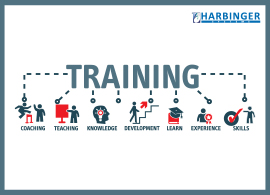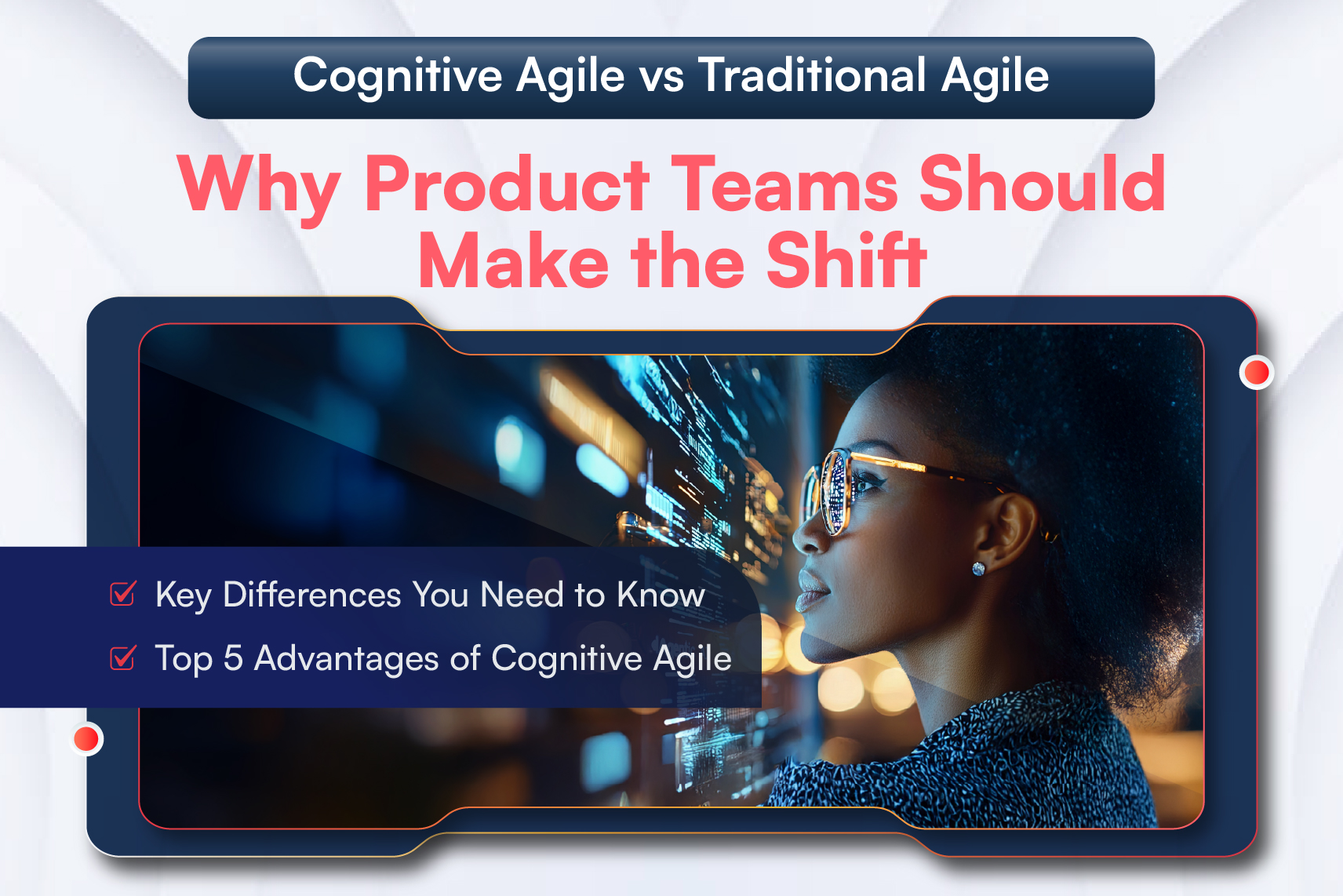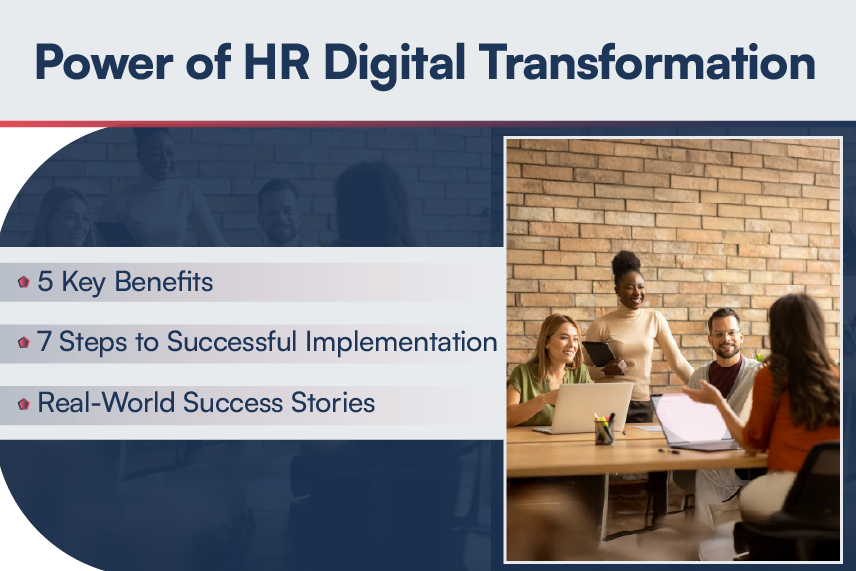
Can we build a learning culture within our organization?
Tough question. Before we attempt the question, let’s ask ourselves –
- How did our competitor(s) climb up the industry rankings in a matter of months?
- How do we retain our employees and keep them engaged?
- How do we deliver faster and better than last year(s)?
And the answer becomes clearer. We have no choice, but to learn, and move ahead. It is by learning, and continuous learning and innovation, that has helped multiple companies forge ahead and make history. And therefore, in the modern workplace, one of the most important aspects to prioritize is learning culture.
It is a set of practices and methods that encourage knowledge as well as productivity and performance, keeping employees motivated throughout their tenure.
So, how does an organization go about harboring a learning culture? Let’s start with an example of something that’s as ubiquitous the internet itself: Gmail.
As famous as Gmail, Android and the Chrome web browser are, something else that Google is also famous for is their policy of 20% ‘me-time’ that was available to their employees. At Google, assigned work only took up 80% of an employee’s time. The remaining 20% was a ‘free hand’ given to those who want to work on their own individual ideas which may benefit Google and/or their customers in some manner. And benefit, they did!
Gmail itself has been an internal, ‘20%’ experiment that was developed later into full-blown, top-tier, revenue-generating product for the company! Other similar experiments that made it through are Google Maps and Google AdSense. But, aside from business gains to the organization, more importantly, such policies give the employees freedom to explore, learn and innovate at their own pace. That’s what makes it an interesting model to try and follow in your organization.
Although Google no longer has this policy, it’s still an interesting topic for research. It has its own advantages, but it isn’t without its share of problems. One of the biggest problems is that it’s simply not practical for all companies to dedicate such a significant chunk of work hours to tasks that aren’t directly billable, especially since all the resources are billable. That’s where innovation in other mediums can bear fruit.
At the Harbinger Group, we’ve got a few different ways of achieving similar goals. They take the form of events, sessions and apps that provide an opportunity for learning, exploration and obtaining experiences.
TechVibe
How does an engineer keep up with all the latest tech trends when everyone’s busy working? We invite those who’ve worked on something new within their projects to share their experiences and knowledge with the rest of the organization.
TechVibe is a platform which allows anybody to code. Conducted from two to three times a month, tracks are divided between open source, commercial/enterprise as well as business intelligence areas. Live-coding sessions, sharing new discoveries, personal AHA moments, it is a platform that allows a developer community to thrive within the organization with no boundaries to what one can explore and innovate within.
Explorer Days
This is an evolution of Google’s 20% time, but it’s focused at the 10%: the influencers, the architects and the seniors in the roster. Those who get pulled into multiple threads of work on a daily basis, leaving them with little time for their own creativity. This program helps them to focus on scalability, cost, innovation, newer tools and new avenues according to their interests.
Collaboratively presenting such explorations in targeted Explorer Day events, helps them to not only present their findings, but also to influence adoption or amelioration of existing processes and practices. Rome wasn’t built in a day, was it?
Architect School
Spotting high performers is easy, but what recognizing and training those with high potential? This is what Architect school – provides an upgrade pathway to technical career paths based on merit and the desire to learn. As the name implies, it’s a long-term, multi-modal learning pathway that aims to produce capable and well-informed architects within the organization.
This program is open to all leads and senior engineers in the organization, but only hand-picked individuals make the cut. The training sessions for this are conducted by senior architects, who impart their knowledge from years of experience with both old and new technologies. With every individual topic or session in this program, there are associated projects and assignments, which could either be internal projects or chunks of live work for clients. The graduates of the Architect School thus have a head start in their role and they’re ready to take on new projects armed with a more comprehensive outlook.
Nudge learning
While learning management systems house all the learning content, we found that it was important to get into a habit of continuous learning. Our learning and development team dug out usage reports, and the results showed that most employees take courses just in time when they’re looking for information pertaining to their job OR when assigned to as a mandatory course! Clearly this was not enough.
Harbinger developed its own app that provided customized, targeted, bite-sized learning to employees. Quick lessons along with periodic nudge-based reinforcement allow the busiest of developers and other individuals to still maintain training as time goes by. The app is updated fortnightly based on trends and requirements. Topics are usually decided by the L&D team, however, any suggestions and contributions from the employees are taken into considering, allowing them to contribute.
SEE ALSO: Nudge-Learning: The Theory and The Relevance
Through many avenues such as these, we at the Harbinger Group forge a culture based on learning, exploration and contribution.
It’s some of the many ways you can consider as well, to develop a strategy for doing the same for your organization. We would love to know what you think about this, how relevant this is in the modern-day workplace and what innovative methods you utilize to foster a progressive environment in your company.
Drop a comment below or connect with us at contact@harbingergroup.com.






